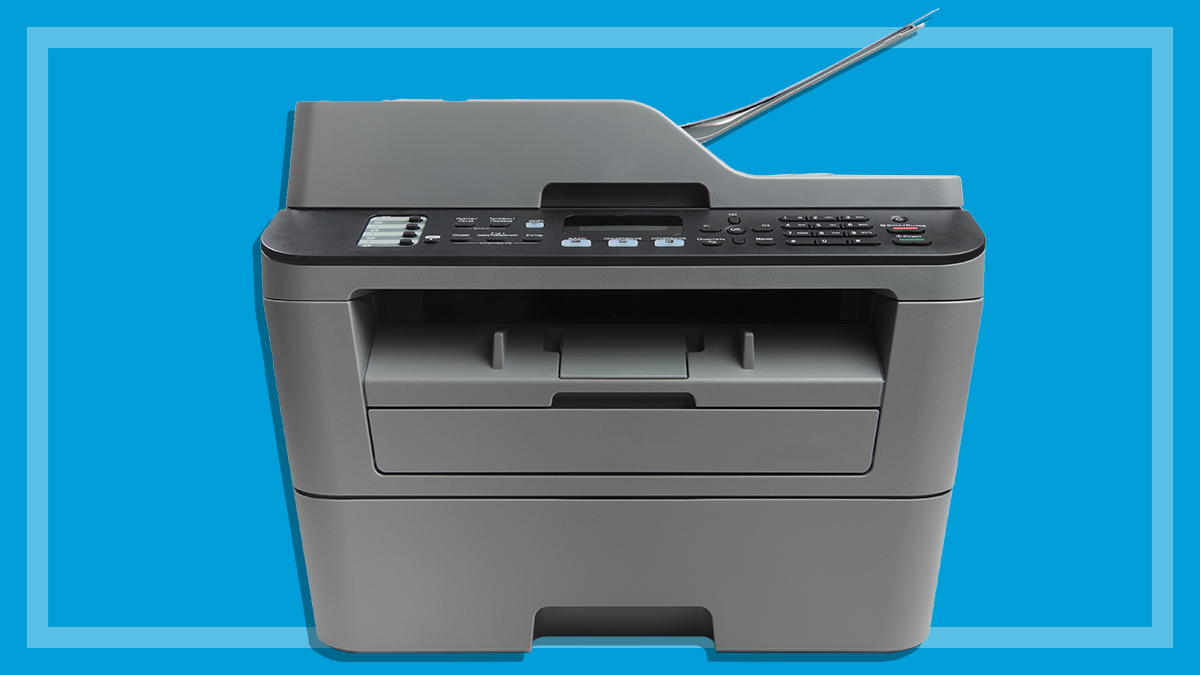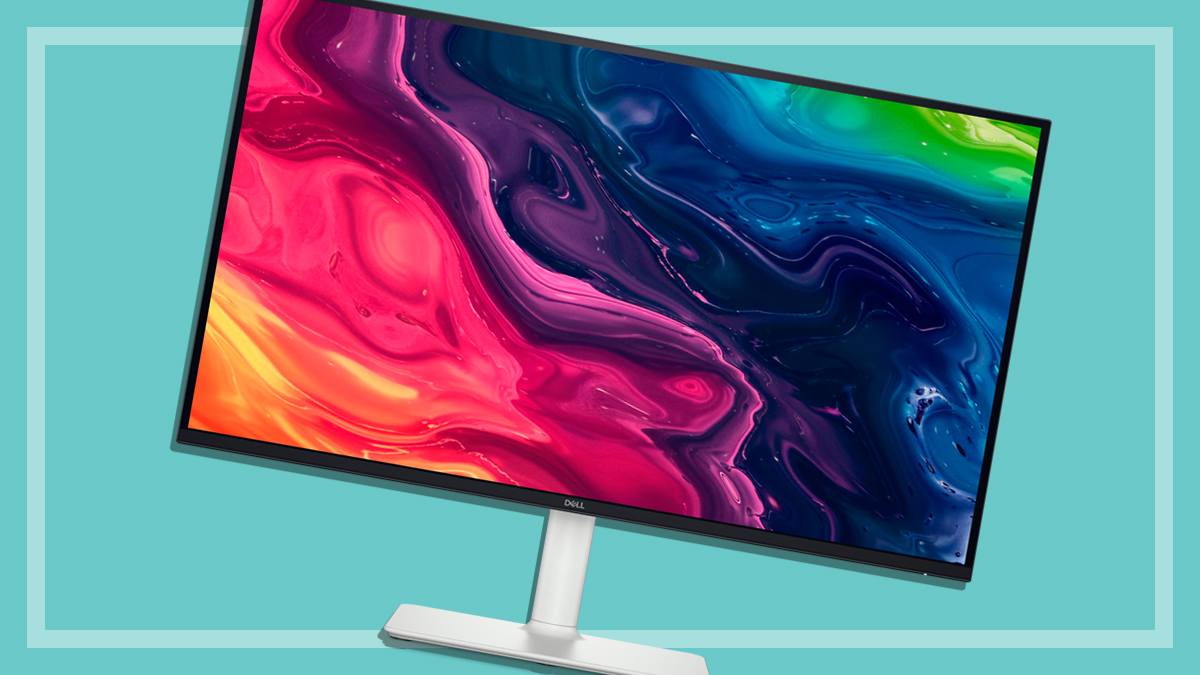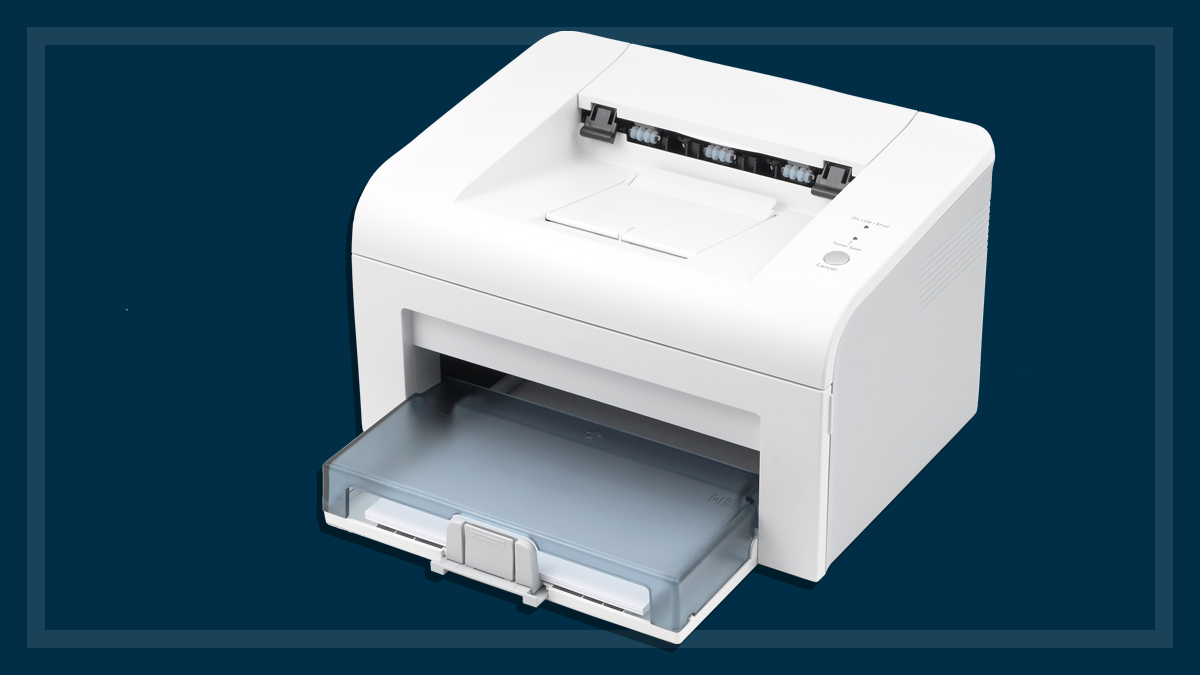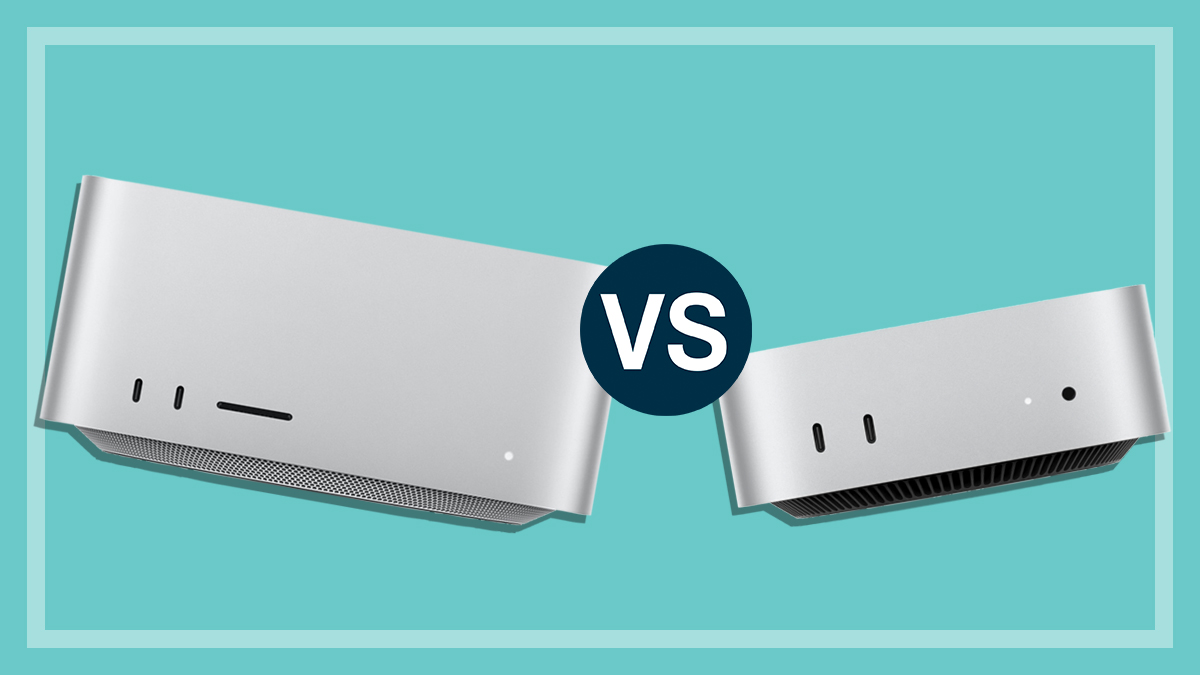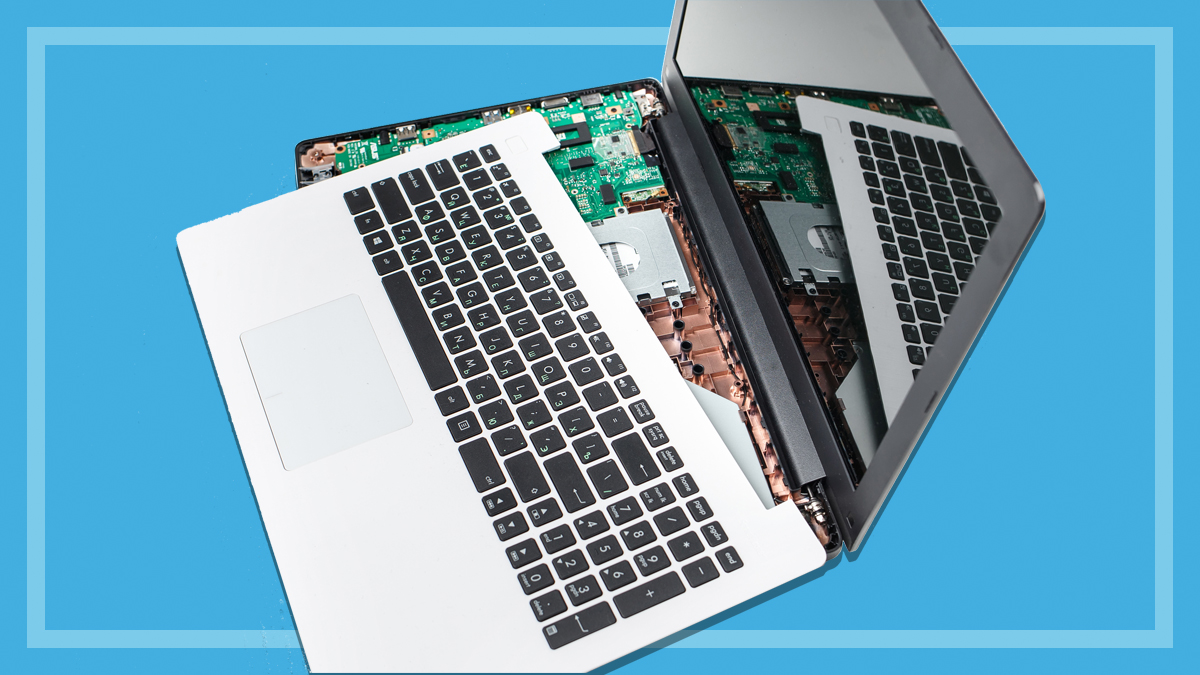Get our independent lab tests, expert reviews and honest advice.
Inkjet and laser printers to avoid
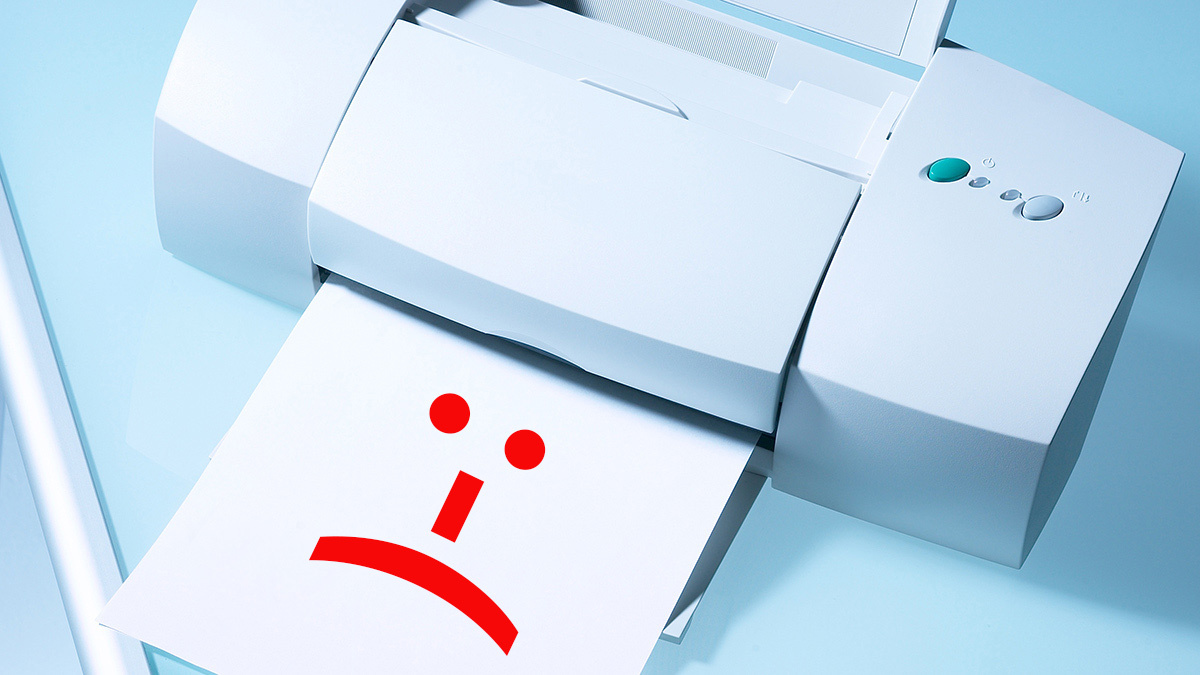
Need to know
- Our experts tested 50 inkjet and laser printers from big brands including Canon, Epson, Brother, HP and more
- We assess printers for print quality, printing speed, ease of use, power consumption and yearly ink and toner costs
- Become a CHOICE member to read our full reviews and test results for printers
On this page:
- Inkjet printers to avoid
- Laser printers to avoid
- Which type of printer should you buy?
- Seven tips to save money on ink and toner
With so many models, features and costs to consider, buying a printer can be confusing. Plus, it’s not like you can try before you buy instore – if only you could rock up and print your holiday photos or kids’ homework for a test run!
That’s why CHOICE has been testing printers for years – so you know what you’re getting before you buy.
Our lab experts reviewed 50 models, assessing key factors including print quality, speed, scanning and copying, yearly ink and toner costs, power consumption and ease of use.
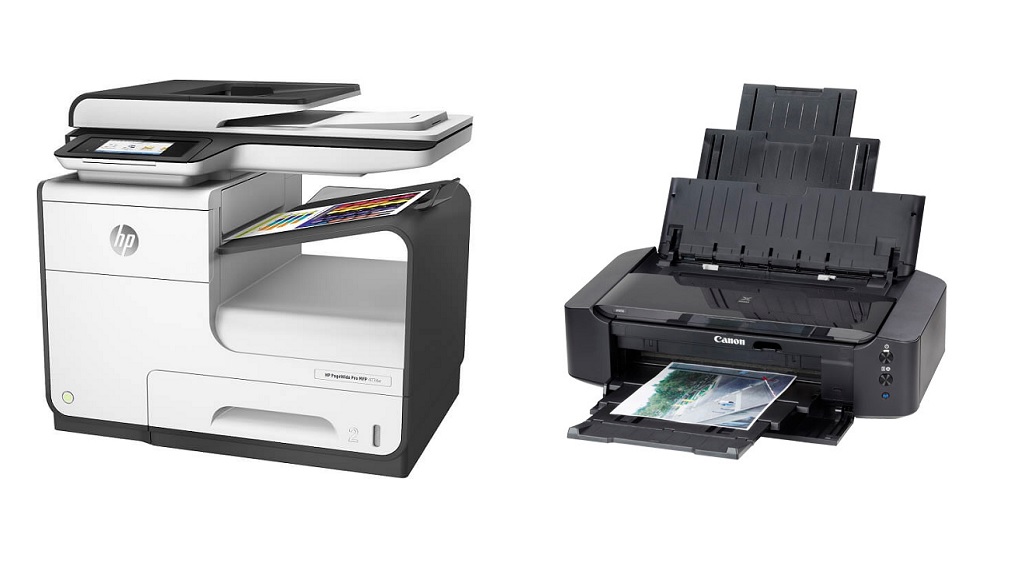
In the process, we’ve uncovered some impressive printers (spoiler alert: they’re not always expensive) alongside some seriously average performers.
We don’t want you to end up with a dud, so here are the products that scored lowest in our lab tests. Consider becoming a CHOICE member to see the best performers.
Ink usage and running costs
A quick word before we delve into the printers to avoid.
Along with testing print quality, speed and more, our experts also calculate running costs for each printer. We look at how much it costs to print a text page, a graphics page and a photo page, as well as how much you’ll spend on ink and toner over a year.
For the calculations, we’ve estimated what the average person would print in a year: 1000 mono and 500 colour prints. The colour prints are a combination of black and white text, colour text and graphics.
Some printers come with a supply of ink and toner as part of the purchase price, which could last you up to three years depending on how often you use it. Our annual ink cost calculations don’t factor this in, they’re simply the cost of the cartridge divided by the number of pages it can print before running dry.
Cartridge costs are based on the latest prices provided by Printzone.
Calculating CISS printers
Continuous ink supply system (CISS) printers have a much higher page yield than most standard ink cartridges/toner barrels. We limit CISS ink consumption tests and cost calculations to 3000 pages in order to reduce paper waste.
This baseline exceeds our average use scenario of 1000 mono and 500 colour prints per year so the page counts and ink costs exceed the needs of most average consumers. Therefore, the annual ink and toner costs for CISS printers are in line with what you can expect to pay based on 3000 pages.
However, ink costs per text and graphics pages will be lower if you print more than 3000 pages per year. Standard cartridges/toner barrels are used to their maximum yield, including those that exceed 3000 pages.
Want to know more? Read how we test printers.
Inkjet printers to avoid
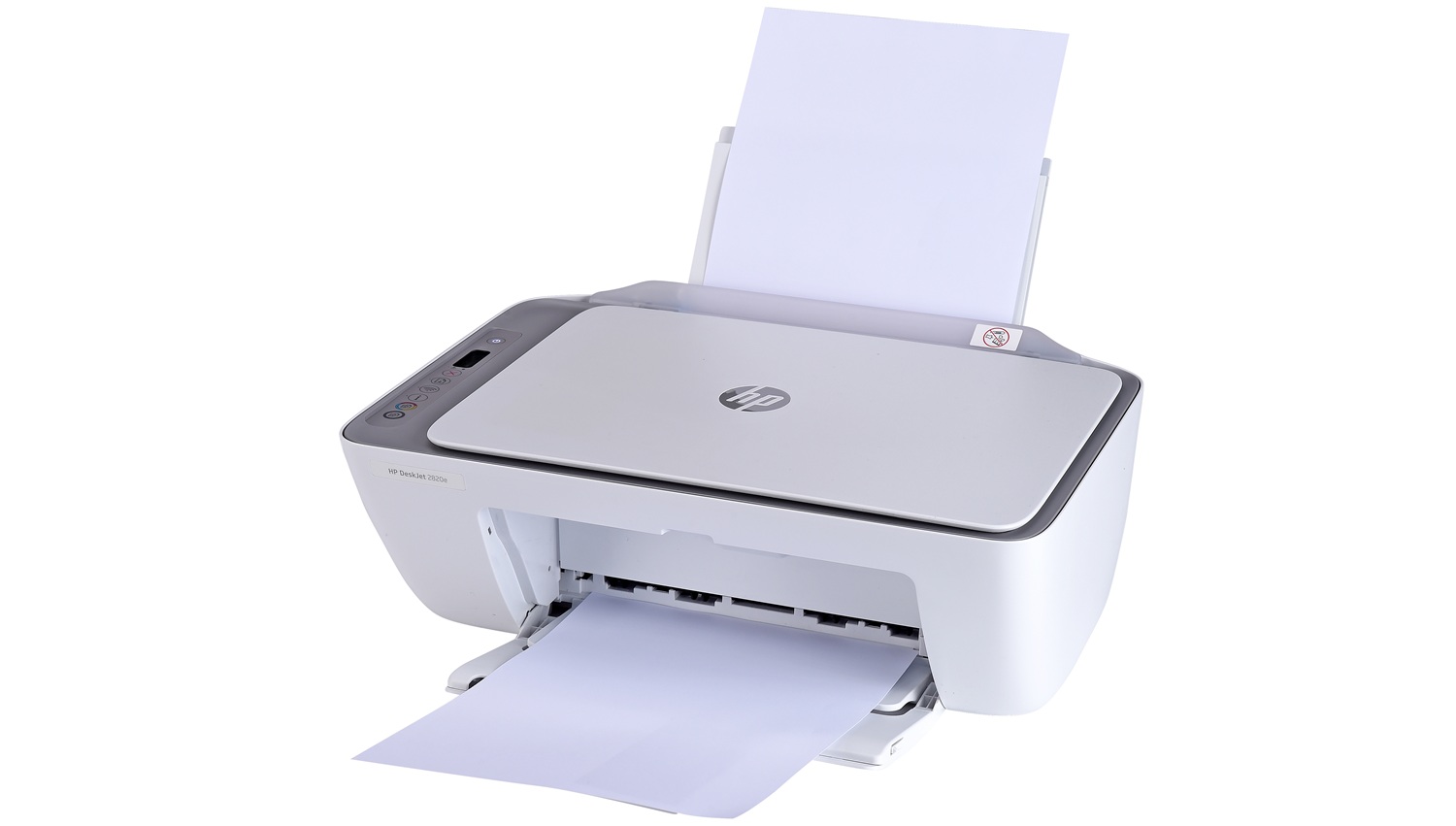
HP Deskjet 2820e / 2821e / 2823e
- Type: Multifunction colour printer
- CHOICE Expert Rating: 58% / 59%
- Print, scan, copy score: 58%
- Price (RRP): $59 / $69 / $99
- Annual ink/toner cost: $565
We thought we’d seen some bad performers in our time testing printers, but then these HPs arrived and said “hold our ink”. Each model costs between 5.5 to almost 10 times more in ink each year than they do to buy in the first place.
Unfortunately, millions of printer cartridges are thrown away each year, so not only will you be putting your hand in your pocket more often if you buy one of these HP printers, you’ll also be putting more waste into landfill – unless you recycle them. Even then, your hip pocket is going to hurt.
These printers are just colour variants of the same model, hence lumping them together. That said, the 2820e did get a marginally lower environmental score, so its CHOICE Expert Rating is 58%.
But as far as print, scan and copy performance goes, they’re identical and mostly middling. Print speed and quality are only OK and photocopying is poor. They may be worth considering if you’re exclusively looking to scan pages, as these results are at the upper end of good. But just buy a scanner if that’s all you’re after.
Read the full HP 2820e review, the HP 2821e review or the HP 2823e review.
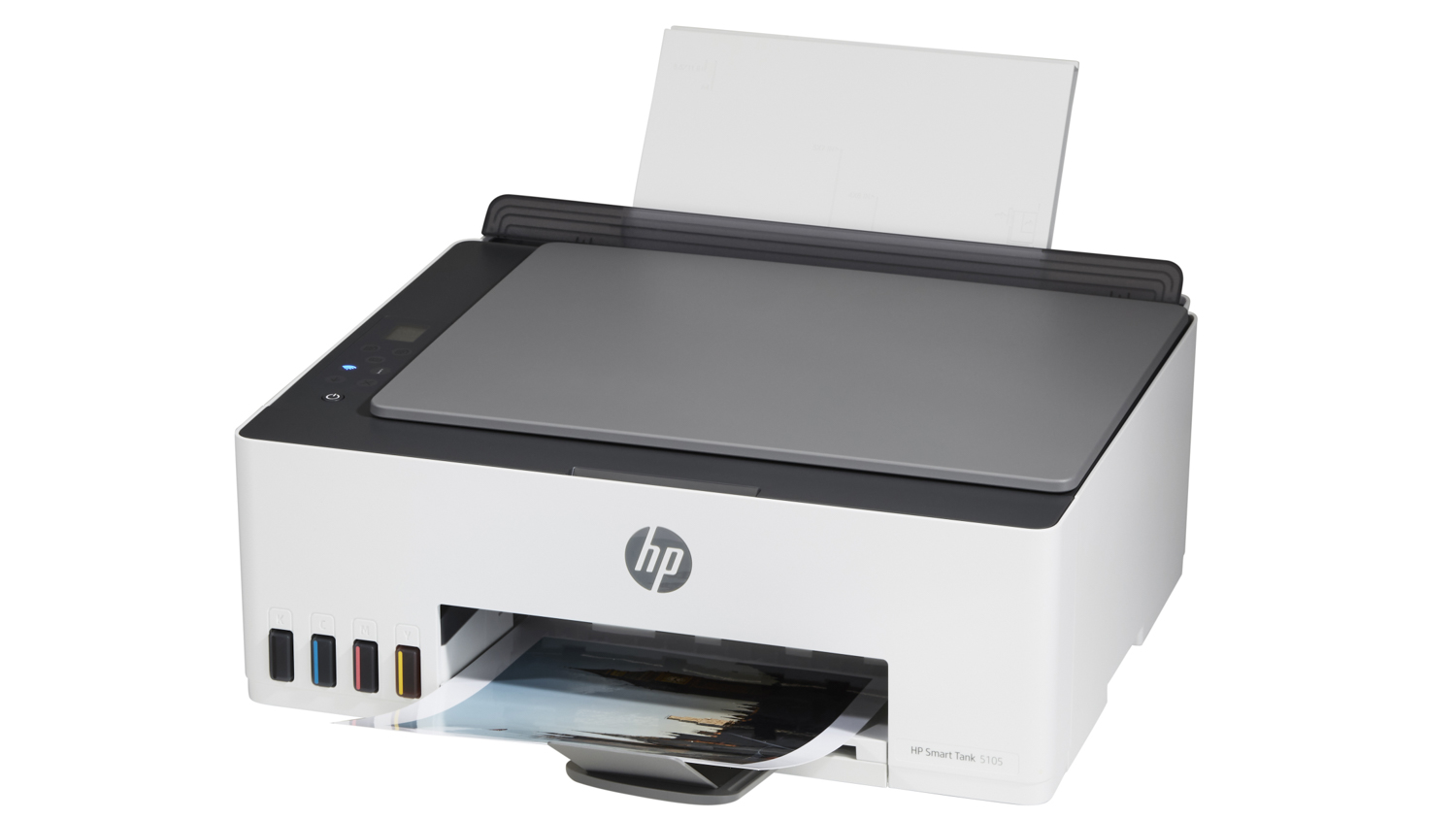
HP Smart Tank 5105 / 5106
- Type: Multifunction colour printer
- CHOICE Expert Rating: 63%
- Print, scan, copy score: 61%
- Price (RRP): $349/$499
- Annual ink/toner cost: $25
Let’s start with the good. These two Smart Tank models each use individual, refillable ink cartridges (aka CISS) which keep printing costs low.
You don’t need to worry about replacing the whole cartridge if one colour runs out early, just buy a new bottle of the colour you need. Not that you’ll have to for a while, because each printer comes with enough ink in the box to last a few years.
They’re also quite energy-efficient, which, combined with the lower ink consumption, makes them somewhat environmentally sound. Scanning quality is good too, but that’s where the positives end.
These printers are slow. Pages casually roll out with no concern for your valuable time
Now for the bad news: these printers are slow. Pages casually roll out with no concern for your valuable time, and the results only look OK. They also takes a finger-drumming 54 seconds to start printing after being switched on, so you’ll be left like Cinderella at Officeworks, bemoaning “someday my prints will come”.
Read the full HP Smart Tank 5105/5106 review.
Laser printers to avoid
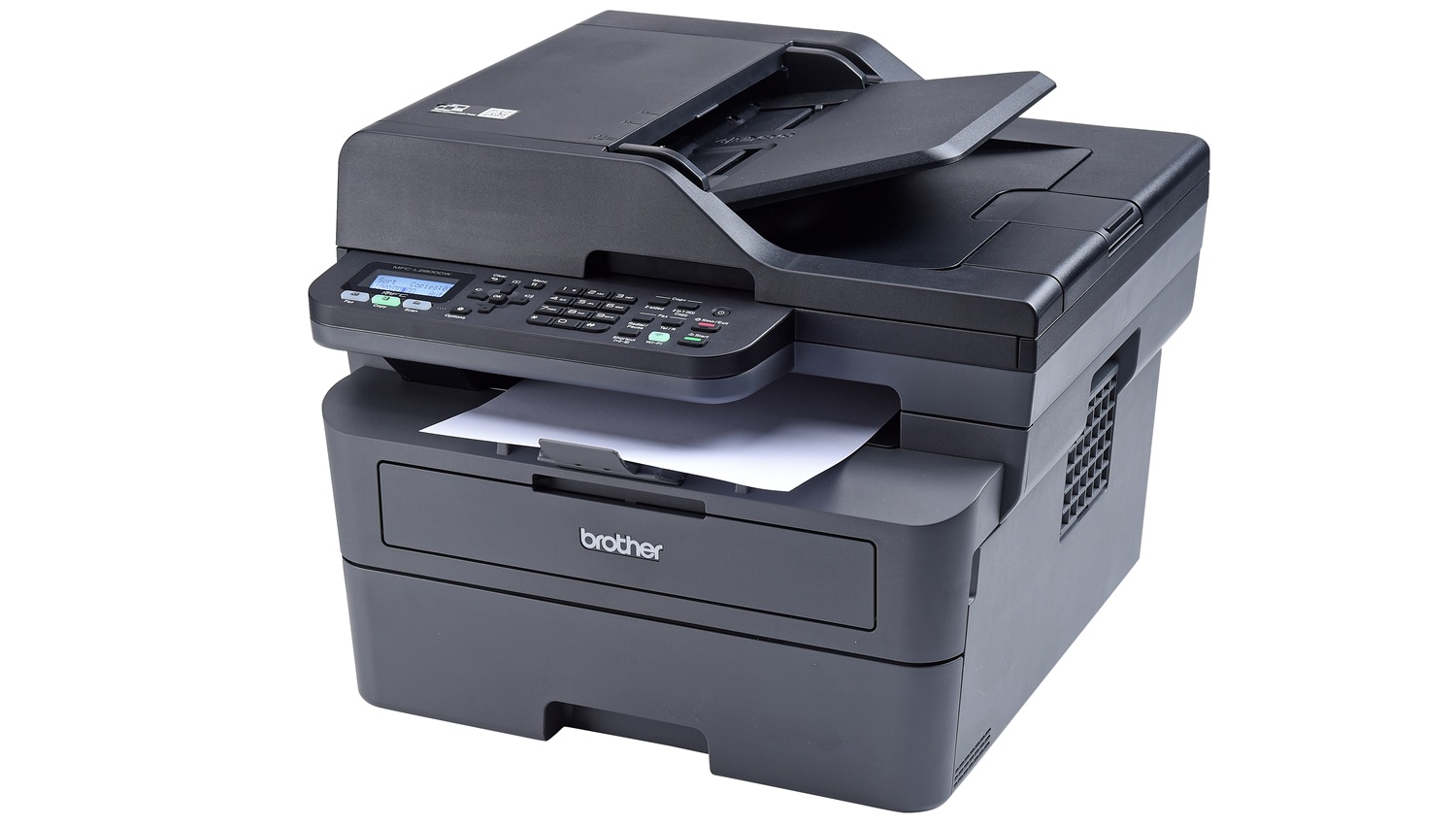
Brother MFC-L2800DW
- Type: Multifunction mono printer
- CHOICE Expert Rating: 63%
- Print, scan, copy score: 60%
- Price (RRP): $269
- Annual ink/toner cost: $175
Though the price is reasonable for an entry-level laser multifunction printer, performance is average. You’ll end up spending more than its price tag on ink after about 18 months, which is better than other models but still not exactly economical.
You’ll end up spending more than its price tag on ink after about 18 months
Credit where credit is due, however. It is easy to use, power consumption is low, it prints very quickly, and the scanner digitises documents well. Copying is poor though, making this yet another multifunction printer (MFP) that’s really only good at one thing.
Read the full Brother MFC-L2800DW review.
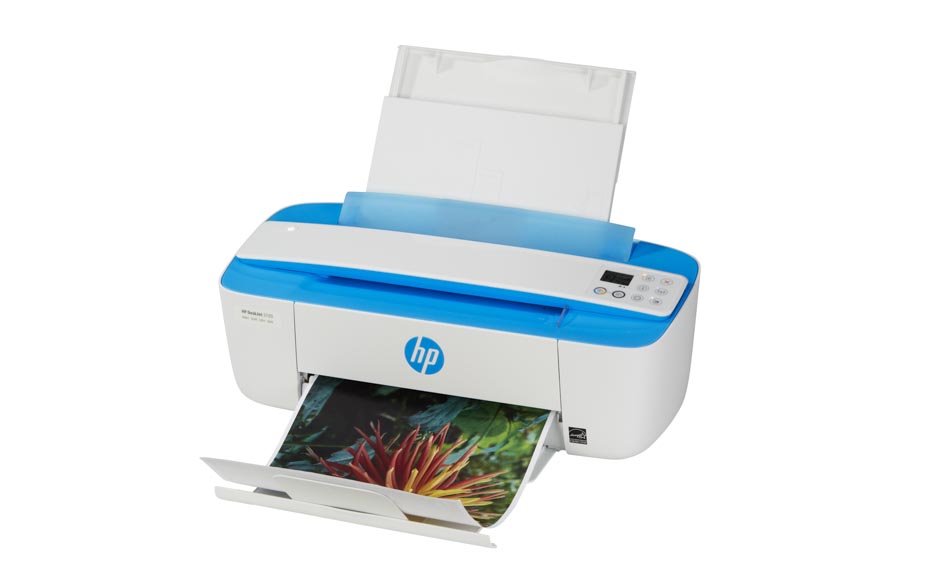
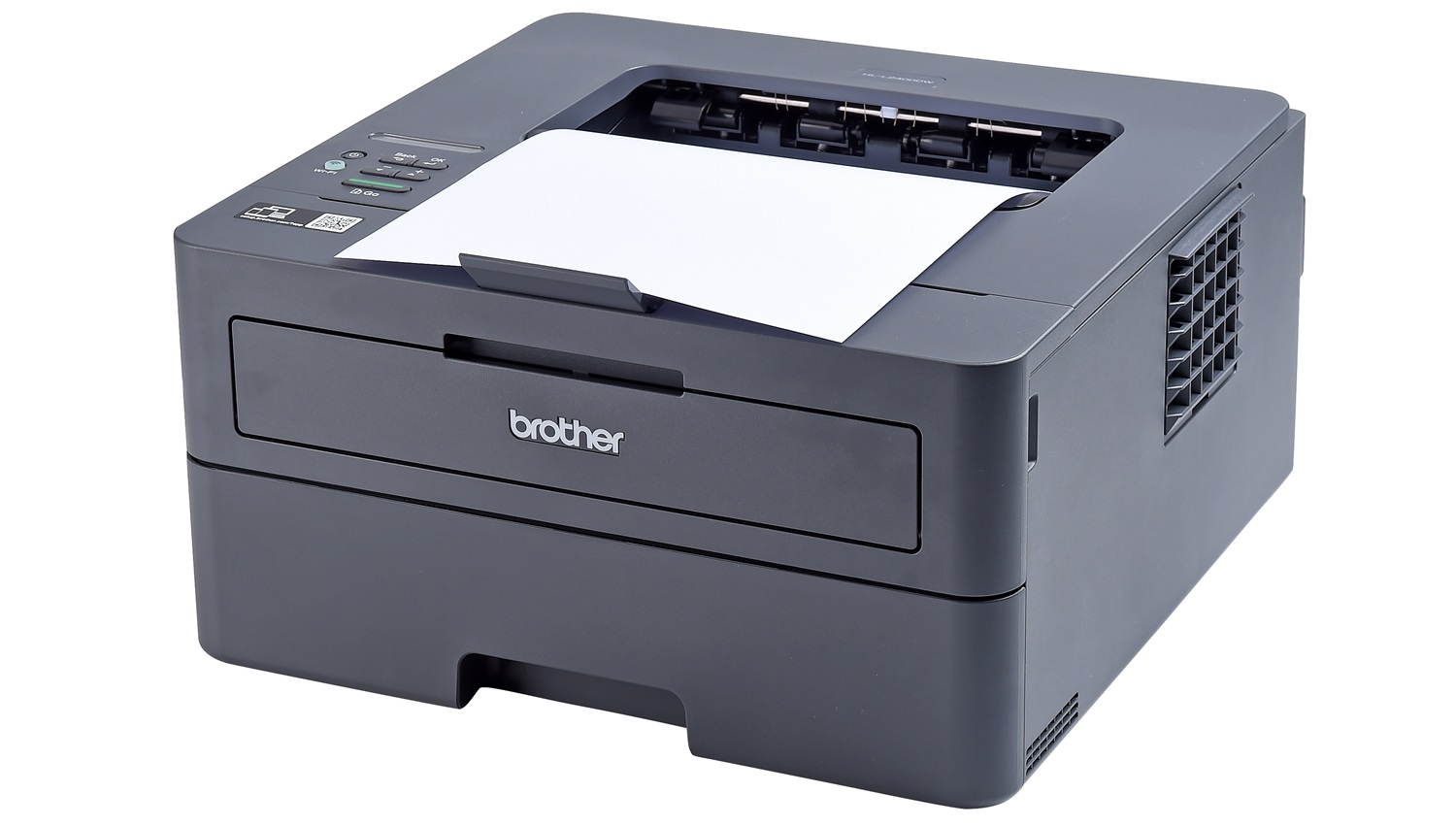
Brother MFC-L2400DW
- Type: Standard mono printer
- CHOICE Expert Rating: 63%
- Print, scan, copy score: 63%
- Price (RRP): $159
- Annual ink/toner cost: $175
Unlike the standard version of Brother’s MFC-L2800DW, the HL-L2400DW can’t scan or copy documents. Printing performance, meanwhile, is exactly the same so, yes, you can still get OK quality prints very quickly, which might appeal if you prefer speed over quality.
This might appeal if you prefer speed over quality
In a way, the lower RRP feels like less of a deal as you’ll end up spending more on toner each year. It’s actually cheaper to just replace the MFC-L2400DW on an annual basis.
But don’t do that, please, our environment can only take so much.
Read the full Brother MFC-L2400DW review.
Which type of printer should you buy?
Before you start shopping around, it’s essential to consider how you plan to use your new printer.
CHOICE tech expert Peter Zaluzny says: “It’s important to be realistic about the kind of printing you’re likely to do most, and what features are essential for you, and do your homework to find the right sort of printer to do that job – which is where our printer buying guide comes in.”
“The first step is to roughly work out the frequency and kinds of documents you want to print. If, for example, you only print the occasional documents for official purposes then a standard monochrome printer will suit your needs.”
“But if you have kids in school that regularly need to print assignments, templates for craft projects and the like, then a colour printer with low annual ink costs will be ideal,” says Pete.
“Setting up an approximate usage scenario can help you narrow down to a handful of printers that suit your needs. Then you can compare upfront and ongoing ink expenses in our test to find one that delivers good quality prints within your budget.”
It’s important to be realistic about the kind of printing you’re likely to do most, and what features are essential for you
Peter Zaluzny, CHOICE tech expert
“Printers can be quite specialised these days, from cheaper models aimed at only occasional use, to ink-tank (not cartridge) models designed for high output at low cost per page, as well as models designed to print high-quality photos,” he says.
And then there are the multifunction printer models that have a wide range of extra features, from scanning and copying to faxing (yes, people still do this!) and more.
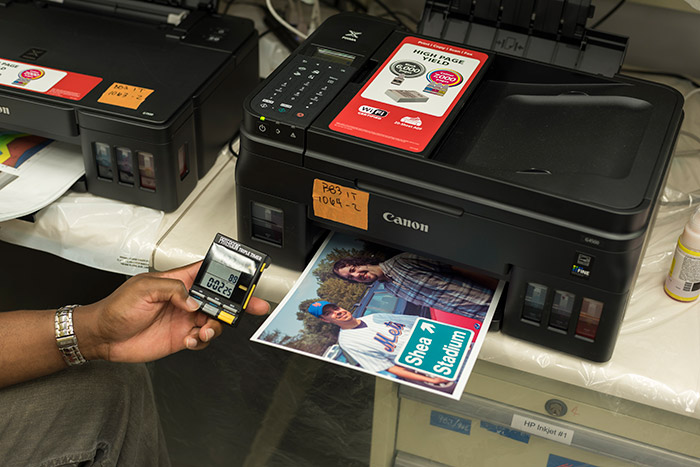
Seven tips to save money on ink and toner
Don’t just look at the upfront cost of a printer before you buy, our experts warn.
“Ink is usually a bigger component of total cost than the printer itself,” says tech expert Denis Gallagher.
Denis shares seven hot tips to avoid spending too much on printer ink:
1. Remember that inkjet cleaning cycles use more ink
Inkjets have to keep the jets clear, which they do with a cleaning cycle if the printer hasn’t been used recently, or has been switched off. This uses ink, which adds to the cost of ownership. Laser printers don’t have this problem.
2. Don’t assume it’s cheaper to buy a new printer
People sometimes look at the price of the printer and the price of ink – and think it’s cheaper to buy a new printer. It generally isn’t: new printers nearly always come with a reduced supply of ink, so you won’t be getting the full complement.
And of course there’s the environmental impact of replacing an entire printer, rather than just buying a new ink cartridge.
3. Check whether you can use compatible inks
Some printers prevent you from using ‘compatible’ third-party inks that are generally much cheaper than the manufacturer’s ones. They’re now obliged to include a statement on the box that they don’t work with compatible inks – you might want to avoid these printers.
Manufacturers are now obliged to include a statement on the box if the printer doesn’t work with third-party inks
Also, a quick Google search will show you how manufacturers restrict third-party ink usage over time. It’s not uncommon for brands to roll out software updates that block these cartridges on otherwise compatible printers, well after you’ve bought them. You may want to avoid brands that do this.
4. Consider a CISS printer
On a positive note, there are now plenty of CISS (continuous ink supply system) printers that let you refill their cartridges from bottles. They’re much cheaper to run, but more expensive to buy – another trade-off.
5. Avoid single ‘colour’ cartridges
There are a few printers with a single ‘colour’ cartridge, so when one colour runs out, you have to replace the whole cartridge. These printers are best avoided.
6. Beware false predictions about remaining toner
An inkjet printer can tell exactly how much ink is left in an inkjet cartridge (by shining a light through it). But lasers have no real way of measuring the toner left. So they just count the pages printed and tell you you’re running out when the number comes up. In actual fact, you may not be.
7. Don’t let your photos fade away
If you want to print photos, you really need special photo ink. Magenta and cyan both fade in the light, so if you stick your photos to the front of the fridge, for example, they’ll eventually turn yellow.
Our laser and inkjet printer reviews let you see how much a printer will cost you in toner and ink each year, as well as how much ink they use for cleaning – and much more.

